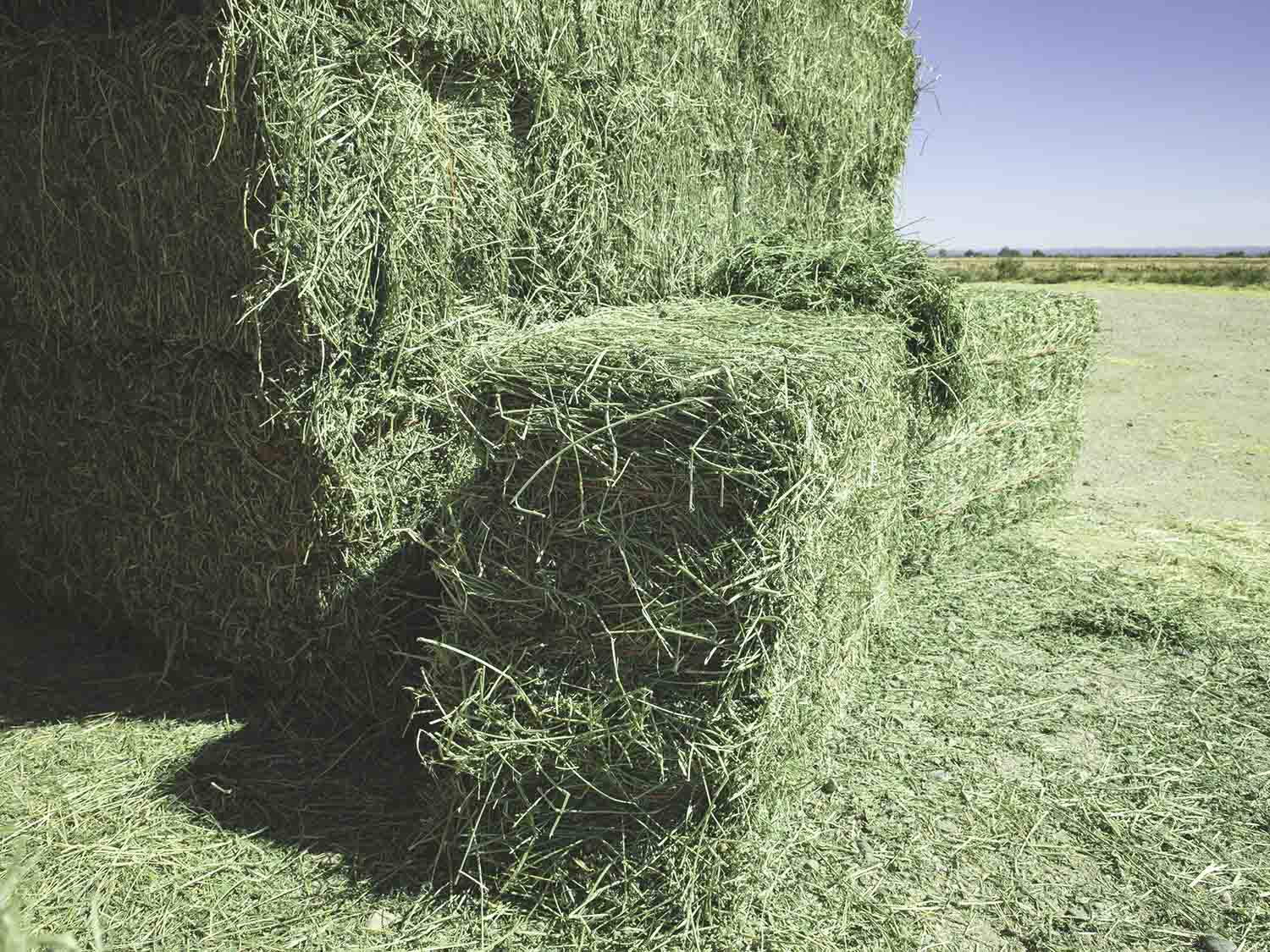When it comes to raising healthy, productive cattle, nutrition plays a pivotal role. Among the many forage options available, alfalfa hay stands out as a highly valuable feed ingredient, especially for cattle that require a nutrient-dense diet. In this comprehensive guide, we’ll explore everything you need to know about alfalfa hay for cattle — from its nutritional benefits and harvesting tips to feeding strategies and management practices to optimize cattle health and productivity.
What Is Alfalfa Hay?
Alfalfa hay is dried, cured alfalfa (Medicago sativa), a perennial legume renowned for its high protein content and mineral richness. Its rich green color, leafy structure, and aromatic smell make it a popular choice among cattle producers worldwide. Unlike grass hays, alfalfa hay is distinguished by its higher nutritional value, making it especially suitable for high-producing dairy cattle, growing calves, and breeding stock.
Nutritional Benefits of Alfalfa Hay for Cattle
1. High Protein Content
Alfalfa hay typically contains 15-20% crude protein, which supports muscle development, milk production, and overall growth. This high protein level is essential for lactating cows and young calves in their growth phases.
2. Rich in Minerals and Vitamins
Alfalfa is a natural source of calcium, magnesium, potassium, and trace minerals such as zinc and selenium. It also provides vitamins A, D, and E, which are vital for immune function, bone health, and reproduction.
3. High Digestibility
Due to its favorable fiber composition and high leaf-to-stem ratio, alfalfa hay is highly digestible, allowing cattle to extract maximum nutrients efficiently.
4. Supports Ruminal Health
The protein and digestible fiber in alfalfa promote healthy rumen function, enhancing overall digestion and feed efficiency.
When and Why to Use Alfalfa Hay for Cattle
Alfalfa hay is especially beneficial in the following scenarios:
- Dairy Cattle Nutrition: For high milk production, alfalfa provides the necessary protein and calcium.
- Growing and Finishing Calves: Supports rapid growth and development.
- Breeding Stock: Ensures reproductive health and proper fetal development.
- Supplementation: Used alongside other forages and concentrates to balance diets.
However, it’s crucial to manage the amount of alfalfa fed, as excessive intake can lead to health issues such as bloat.
Harvesting and Curing Alfalfa Hay
Proper harvesting and curing are vital to retain alfalfa’s nutritional quality and prevent spoilage.
1. Timing of Harvest
- Harvest when alfalfa is at the early bloom stage for optimal nutrient content.
- Avoid overly mature stages, which lead to increased fiber and decreased digestibility.
2. Cutting and Drying
- Cut at heights of about 4-6 inches above ground.
- Aim for a moisture content of 15-20% before baling to prevent mold and spoilage.
- Use timely drying (typically 2-4 days in good weather) or mechanical drying methods in humid conditions.
3. Baling and Storage
- Bales should be tightly packed and kept in a dry, well-ventilated area.
- Protect bales from moisture and direct sunlight to preserve quality.
Feeding Strategies for Cattle
Implementing the right feeding practices ensures cattle reap the maximum benefits of alfalfa hay.
1. Balancing the Diet
- Alfalfa should be part of a balanced diet, combined with other forages, grains, and mineral supplements.
- For lactating cows, a typical diet might include 40-60% alfalfa hay, depending on production levels.
2. Monitoring Intake
- Offer fresh, clean alfalfa hay daily.
- Adjust amounts based on cattle’s age, production stage, and body condition.
3. Avoiding Bloat
- Gradually introduce alfalfa into the diet if cattle are not accustomed to high-legume feeds.
- Mix with grass hay to reduce the risk of bloat, especially in cattle prone to digestive disturbances.
4. Feeding Frequency
- Distribute alfalfa hay in multiple feedings throughout the day to promote rumen health and reduce waste.
Common Challenges and Solutions
1. Bloat Risk:
High-legume forages like alfalfa can cause frothy bloat. To mitigate this:
- Introduce alfalfa gradually.
- Mix with grass hay.
- Ensure cattle have access to anti-bloat agents if necessary.
2. Mold and Spoilage:
Poor harvesting or storage can lead to mold, which is toxic. To prevent this:
- Harvest at proper maturity and moisture levels.
- Store bales in dry, covered areas.
3. Nutrient Variability:
Alfalfa hay quality can vary based on harvesting and growing conditions. Regular testing of hay samples helps in formulating accurate diets.
Final Thoughts: Is Alfalfa Hay the Right Choice?
Alfalfa hay is undeniably a top-tier forage option for cattle, offering unmatched nutritional benefits that support high productivity and overall health. When properly harvested, stored, and integrated into a balanced diet, alfalfa hay can significantly enhance milk yields, growth rates, and reproductive success.
However, it’s important to manage feeding carefully to avoid issues like bloat and nutrient imbalances. Regular monitoring of cattle health and forage quality, combined with sound management practices, will ensure you maximize the benefits of alfalfa hay for your herd.
Conclusion
In the world of cattle nutrition, alfalfa hay stands as a cornerstone for efficient and healthy livestock production. Its high protein content, rich mineral profile, and digestibility make it an indispensable feed resource for dairy and beef producers alike. By understanding the best practices for harvesting, storing, and feeding alfalfa hay, you can optimize cattle performance, promote well-being, and achieve your farm’s productivity goals.
Investing in high-quality alfalfa hay and implementing sound feeding strategies is a step toward a more profitable and sustainable cattle operation. Whether you’re a seasoned farmer or just starting, incorporating alfalfa hay into your feeding program can make a tangible difference in your herd’s health and productivity.
Remember: Always consult with animal nutritionists or extension services to tailor feeding programs to your specific herd needs and local conditions. Happy grazing!


